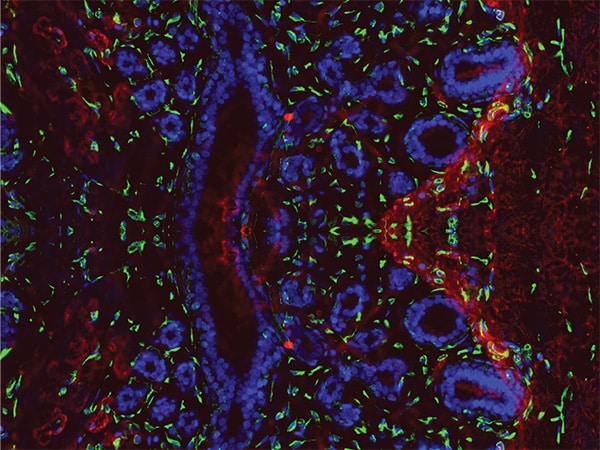Liver Cancer

The liver is one of the largest organs in the body. It filters harmful substances from the blood, produces bile that helps in the digestion of fats, and stores sugar that the body uses for energy. There are two types of primary liver cancer in adults – hepatocellular carcinoma and cholangiocarcinoma. Hepatocellular carcinoma is the most common type of adult primary liver cancer. It is relatively rare in the United States, although its incidence is rising, principally in relation to the spread of hepatitis C virus (HCV) infection.
The National Cancer Institute’s Surveillance, Epidemiology, and End Results (SEER) Program estimates that 41,210 new cases of liver and intrahepatic bile duct cancer will be diagnosed in the United States in 2023 and some 29,380 people are expected to die of these diseases. The relative 5-year survival rate is 21.6 percent.
Having hepatitis or cirrhosis are significant risk factors for adult primary liver cancer. Learn about childhood liver cancer here.
Liver (Hepatocellular) Cancer Prevention (PDQ®) Liver (Hepatocellular) Cancer Screening (PDQ®) Adult Primary Liver Cancer Treatment (PDQ®)Source: National Cancer Institute



